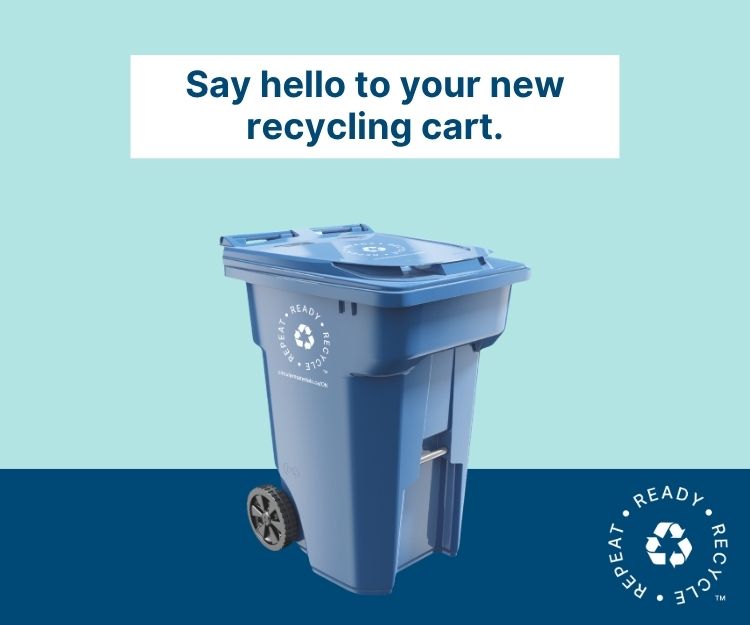By Mike Anderson
Nearly 100 residents attended the Georgina Island Fixed Link Town Hall held at the Kin Community Centre in Sutton on Wednesday, January 24.
The fixed link, a 2.4 km bridge and causeway, proposed by Georgina Island First Nation (GIFN), would replace the seasonal ferry service and winter ice road, providing safe, dependable access to the mainland for 200 band members living on the island.
According to WSP, GIFN’s engineering consultants, building a fixed link could cost $500 million, with funding from GIFN, the Canada Infrastructure Bank (CIB) and federal government grants.
The town hall was billed as a “progress report” on the Fixed Link Project, and an opportunity to hear detailed technical presentations from WSP engineers and their senior ecologist, before WSP’s Detailed Project Description (DPD) is submitted to the Impact Assessment Agency of Canada (IAAC) for approval.
Many residents attending, including members of the Lake Simcoe South Shore Residents Association (LSSRA) and the McRae Beach Association, own properties along the shoreline and oppose the fixed link.
They are concerned that a causeway will impede water flow, increase sedimentation and weed growth, and potentially impact their property values.
They want a full environmental assessment completed and cheaper alternatives, like an electric ice-breaking ferry, considered, which would have less of an environmental impact.

Unfortunately, the town hall got off to a rocky start when residents were told the release of a key study, Coastal Engineering, was delayed.
“It’s not that we are hiding it. We are waiting for some additional data to be obtained to complete the coastal engineering,” said Farzin Shadid-Noorai, WSP’s Project Director.
Indeed, the town hall seemed chaotic at times, with some residents interrupting speakers or getting up from their chairs to engage them one-on-one, prompting an exasperated Shadid-Noorai to ask them to sit down.
“Can we have one meeting here, please!” He said.
The chippy atmosphere continued during the question and answer period when Lenora Charles, an elder from Georgina Island, expressed her opposition to the project.
“I’ve been there sixty years and seen the rights and wrongs. And I don’t want this. This is the biggest wrong I have ever seen,” Charles said.
While the Chief and Band Council are firm proponents, Charles said some people on the island are opposed to a fixed link because they believe it will damage the island’s ecology and bring too much development.
“Everybody just speaks on our behalf and says we’re all for it, but we’re not,” she said.



Several residents also questioned why WSP was not exploring viable options to a fixed link.
However, WSP confirmed that the only option on the table was the fixed link, as GIFN had already decided to rule out other options, including a replacement ferry.
“It was our understanding that the icebreaker concept was not a viable option for the community; we have to look at a fixed link,” Shadid-Noorai said.
“We did not come with any preconceived solution in our minds, we are responding to the what the community needs and what they envisage.”
Still, the town hall shed more light on what some call the largest infrastructure project ever proposed for Lake Simcoe.
Residents, for instance, learned the federal government has sole jurisdiction over Indigenous infrastructure projects like the fixed link.
That means Ontario’s Ministry of Environment, Conservation and Parks (MECP), LSRCA and Town of Georgina approvals are not required, and they will only be involved in the permitting process after the project is approved by IAAC.
The Fixed Link Project is also not subject to a full federal environmental impact assessment.
Instead, WSP is following a streamlined IAAC process, which will skip the requirement of a full impact assessment if the project is approved — this would shave two years off the project timeline and see the fixed link operational by late 2026.
“Our DPD is geared to and pointed to the direction of us not requiring the impact assessment to fully respond to IAAC,” Shadid-Noorai said.
However, according to Tamara Skillen, director of WSP’s environmental planning team, the length of the causeway (1.2 km) – which exceeds the IAAC’s limit of 400 metres – could still trigger a full impact assessment.
Another potential trigger is the number of species threatened by the construction of a fixed link.
Heather Drost, WSP’s senior ecologist, acknowledged that eight species at risk, including two birds (Eastern Whip-poor-will & Least Bittern), one turtle (Blanding’s), four bats, and one frog (Western Forest), could be impacted.
Drost also said that fish habitats could be affected, principally the spawning areas for Northern Pike and Muskellunge (muskie), near the Georgina Island wetland, and a “multi-use fish” habitat located east of the Sand Islands.
Still, according to Drost, delaying construction during spawning, adding culverts to the causeway to allow fish passage, habitat creation, and fish restocking could lessen the impact.
“There will be impacts. What those impacts will be we don’t know, because there is still work being done. We don’t know the [final] length of the causeway yet. We don’t know how many culverts,” Drost told the Post.
“They’re not really high sensitivity habitats. But that doesn’t mean they don’t have value. They have value for local people and fishermen.”
While the Coastal Engineering Study was unavailable, its author, Sundar Premasiri, WSP’s coastal engineer, provided residents with a 25-minute overview.
Premasiri explained that due to the shallow water in the study area – the maximum water depth is 2.5 metres – the causeway could affect water velocity, with the velocity dropping by 20 cm per second on the windward and leeward side of the causeway.
“The proposed causeway may obstruct the natural flow of sediment along the eastern route adjacent to the southern tip of the island,” he concluded.
“The mainland shorelines are [also] expected to see sedimentation and erosion patterns near the land connection of the proposed causeway.”
However, Premasiri stressed culverts in the causeway could minimize changes in water velocity and shoreline protection structures could be used to limit erosion.
GIFN held a Fixed Link Presentation and Open House for band members at the GIFN Community Centre on January 31. There are also two meetings scheduled with elders and youth on February 6.
According to WSP, its Detailed Project Plan (DPD) will be forwarded to IAAC in late February, which will trigger the start of a 30-day public comment period.
Residents can read the DPD and submit their comments to IAAC at: https://iaac-aeic.gc.ca/050/evaluations/proj/83539
- Couple wintering on boat signals need for moretransitional housing in Georgina - December 21, 2025
- Is road salt a threat to Lake Simcoe? - December 20, 2025
- Feds’ decision on Georgina Island Fixed Link expected in the new year - December 20, 2025









































